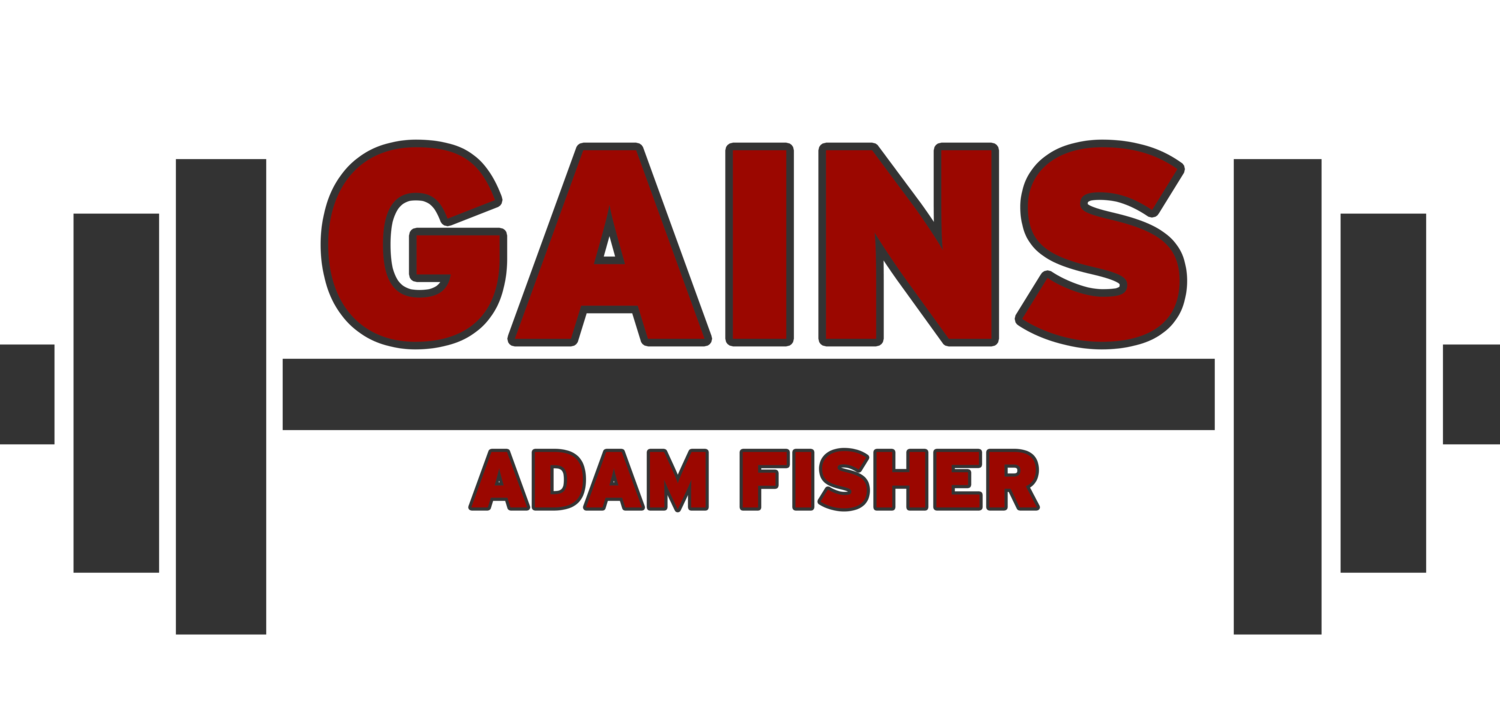

The Colorado Experiment
The Colorado Experiment was not conducted in a truly scientific way, but was more of a marketing push very similiar to today’s common “get ripped quick with little effort” schemes. The results published results were astonishingly, impossibly good in terms of muscle building and body composition, but there isn’t a way to prove if the parameters of the experiment were truly followed and people have never been able to replicate the results since.

The Magical Exercise For Preventing Lower Body Injury
One of the most common lower body injuries (hamstrings strains) is also, interestingly, one of the most preventable. A single exercise has been shown to reduce occurrence of this injury by as much as two thirds, as well as to be effective in preventing reinjury. Here’s what you can do to bulletproof your hamstrings.

"No Load" Exercise For Those With Impaired Function
It's widely believed that certain people "can't" lift weights. However, recent research shows that even "no load" exercise can produce muscular growth, making it an important tool for training around injury or disability. This article covers the theory and some of the practical methods of this approach.
